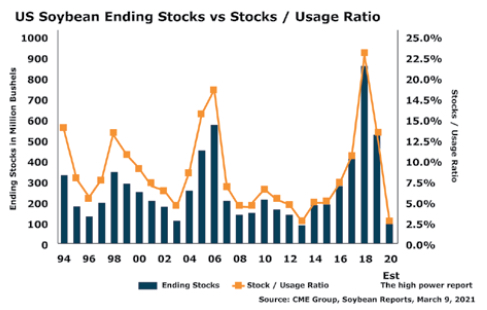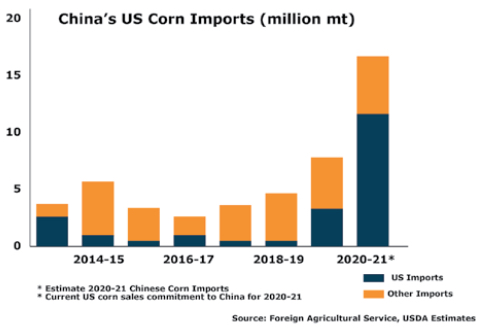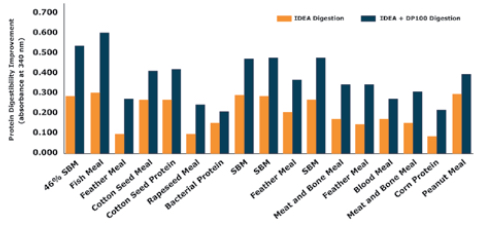
Annafe Perino, Product Manager, Novus International Southeast Asia and Pacific
In the past 3 months, we have experienced a big surge in prices of raw materials expecially for corn and soybean meal. In a span of five years, the price of soybean meal at the last quarter of 2020 has been the highest so far. The same scenario with corn price which reveals that the price in last quarter 2020 has been the second highest in the last 5 years.

There are several reasons why the prices have gone up and it can be summarized in a simple statement by saying the demand is bullish but the supply is bearish.
As we all know, China is a major importer of both corn and soybean meal on a global scale. On a normal situation, 60% of soybean meal worldwide is being imported by China alone. But in the 2018 and 2019, due to African Swine Fever outbreak and the China-US trade war, their soybean meal imports have significantly dropped making soybean meal price attractive to animal producers. But towards the end of 2020, China’s importation of soybean meal has increased tremendously due to recoveries in ASF and repopulation in swine segment as well as the easing out of China-US trade war which has been a major concern in the last 2 years.

On the supply side, the major producers of soybean meal which are US and Brazil have been both severely affected by covid-19 thus there is a slow down in their production plants. As a result, the ending inventory stocks of USA has started to deplete towards the last quarter of 2020 coupled by the huge demand of robust China.
In terms of corn supply, it is the same case with China importing huge volumes from US to which US has not forecasted. According to USDA, their estimate for corn importation to China in 2021 is 4 times higher than in 2020. This will really impact the supply of corn t the rest of the world.
With these challenges on increased demand and tight supply of major raw materials, what can the animal producers do to efficiently utilized the nutrients from available raw materials?
Novus International has a protease enzyme, CIBENZA DP100 (in some countries, CIBENZA EP150) that improves protein digestibility by at least 2.5% from both animal and plant protein sources.
By improving protein digestibility from soybean meal, nutritionists can reduce a minimum of 20kg of soybean meal in the feed formulation without affecting animal performance.
CIBENZA DP100 is a unique serine alkaline protease that works exactly where protein digestion happens in the gut. In numerous published articles and peer-reviewed journals, CIBENZA DP100 has consistently shown improvement in animal performance in both swine and poultry species as well as improvement in gut health in terms of improvement in villus height and crypt depth ratio. Based on sample formulations, using CIBENZA DP100 can reduce feed cost by a minimum of $2.5/ton of feed.
Aside from reducing feed cost, with the use of protease enzyme, there is also flexibility in using alternative raw materials and other by-products like DDGS, rice bran, copra meal (coconut meal) and even feather meal without having the fear of indigestibility for the animal.

CIBENZA DP100 effectively works in the undigestible protein portion of raw materials which allows more alternative raw materials or by-products to be used in feed formulation. The undigestible portion of the raw material becomes the substrate where the enzymes can work on. In sample least cost formulations that were simulated, it was seen that DDGS can be increased by 2% and can incur additional $1/ton savings per ton of feed.
With the tight supply of raw materials, now is the best time to maximize the nutrients from available raw materials. Make more cents with CIBENZA DP100.
